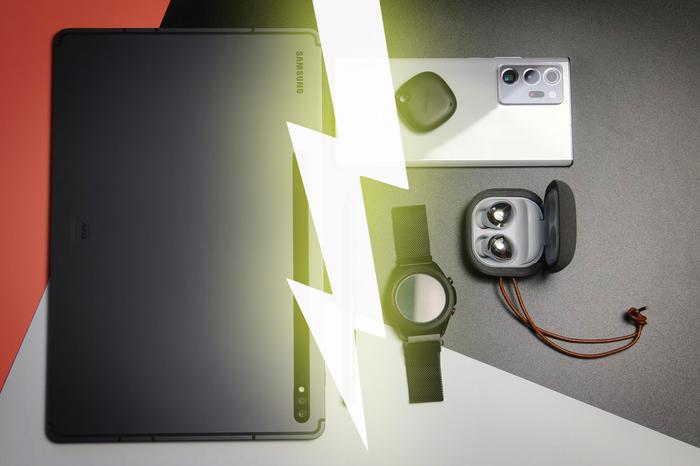A rectifying antenna is a special class of antenna capable of converting radio frequency energy into direct current.
Wireless communications release a lot of energy into the air, and over the years researchers have made a number of efforts to harvest this energy. Short-range Wi-Fi signals have been the target of several projects, while TV broadcasts and radio signals have been the focus of other projects. One device even hopes to increase a smartphone's battery life by 30% by simply harvesting some of the radio waves the phone generates itself.
5G: a new opportunity
But 5G communications offer a whole new opportunity. "5G was designed for super-fast, low-latency communications," reads the Georgia Tech team's latest study, published in the peer-reviewed journal Scientific Reports. "To do this, mm-wave frequencies have been adopted and authorized by the FCC at unprecedented radiated power densities. Unknowingly, the architects of 5G have thus created a wireless power grid capable of powering devices at ranges far beyond the capabilities of any existing technology."
According to the Georgia Tech team, millimeter wave energy harvesting has been possible for some time, but it has not been practical in many cases because long-range energy harvesting tends to require large rectifier antennas. However, the larger these antennas, the more their field of application narrows; for them to work, the rectifier antenna must be pointed directly at the energy source of the waves.

The team solved this problem using a component called a Rotman lens - the spike-shaped plate in the middle of the board. Rotman's lenses come in handy in a variety of millimeter wave applications as a beamforming tool, effectively turning a single, wide, high-gain, narrow-angle antenna beam into a series of beamforming beams. simultaneous antenna covering a much wider angle. They allow radar systems, for example, to see targets in multiple directions without having to turn or move the radar itself.
To display this Youtube content, you must accept Advertising cookies. These cookies allow our partners to offer you personalized advertising and content based on your browsing, your profile and your centers of interest.
Manage my choicesA printable and foldable system
By adding a Rotman lens to the rectangular antenna design, the team says they have achieved a printable and bendable, directionally agnostic energy harvesting system capable of receiving energy from any direction and to absorb 21 times more energy than a "referenced counterpart" offering the same angular coverage.
It's still not a huge amount of energy; the team says it should be possible to harvest around 6 microwatts at around 180 meters from a 5G transmitter. But that kind of figure will be more than enough to power a range of small sensors and devices, especially for our wearables, simply by harvesting energy that would otherwise be wasted. And the fact that the new rectangular antenna design is printable, flexible and works well even when folded means it could also be useful in wearable applications.
Getting rid of batteries: certainly an accessible dream
"I've been working on energy harvesting conventionally for at least six years, and for most of that time there didn't seem to be a key to making energy harvesting work in the real world, due to FCC limits on power emission and focus," said Jimmy Hester, the lab's senior adviser and the CTO and co-founder of Atheraxon, a Georgia Tech spin-off that is developing 5G RFID technology. "With the advent of 5G networks, this could actually work and we've demonstrated it. It's hugely exciting - we could get rid of batteries."
"The fact is, 5G is going to be everywhere, especially in urban areas. You can replace millions, or tens of millions, of wireless sensor batteries, especially for smart urban or smart farming applications," said said Emmanouil Tentzeris, a professor of flexible electronics at Georgia Tech's School of Electrical and Computer Engineering.
In the same way that data has overtaken voice to become the primary revenue generator for telecom providers, Tentzeris predicts wireless power on demand will become the next big service offering in the 5G era. .
Medical deserts, public services: what assessment of Macron on rurality?
The best phones in 2021 for photos and video
What is the best Oppo smartphone to choose?
Good Plan: the recap of 4G packages on sale